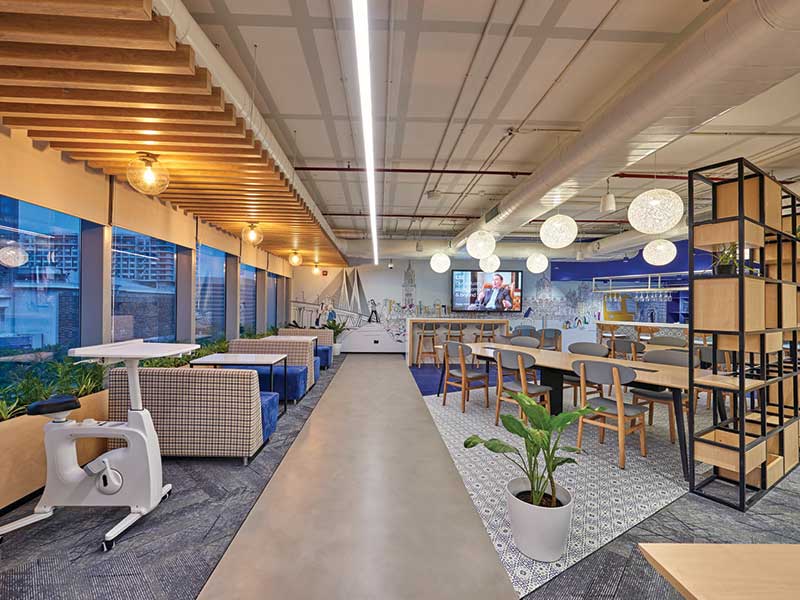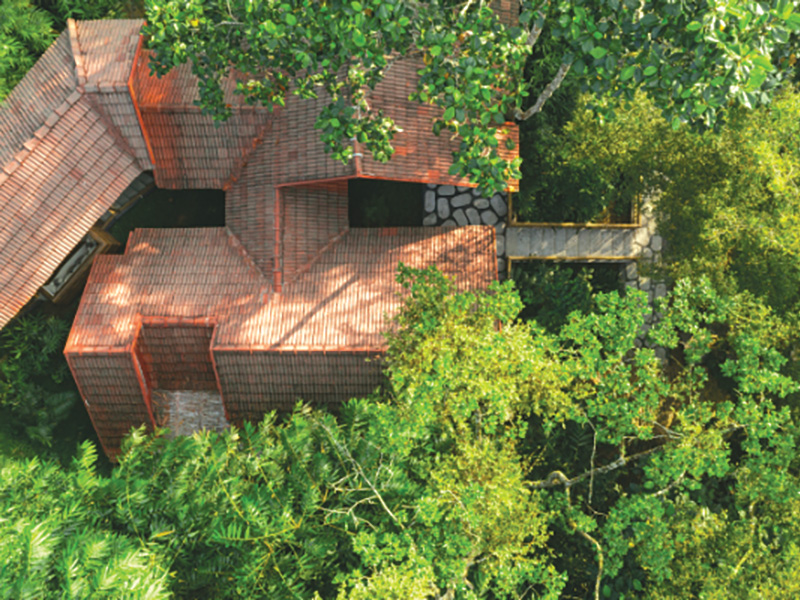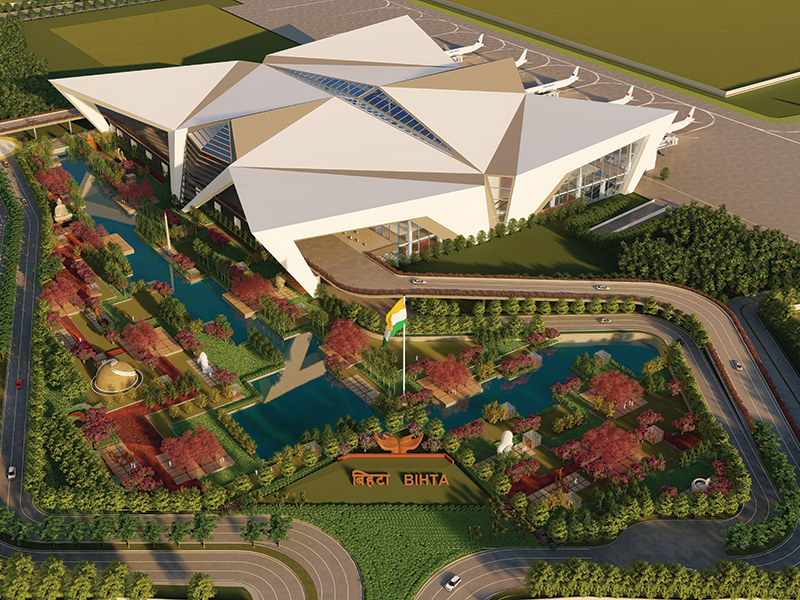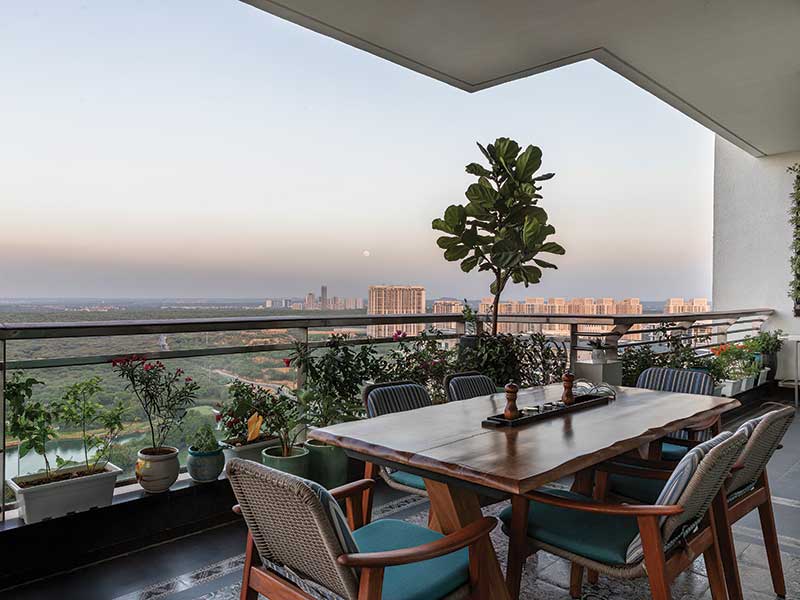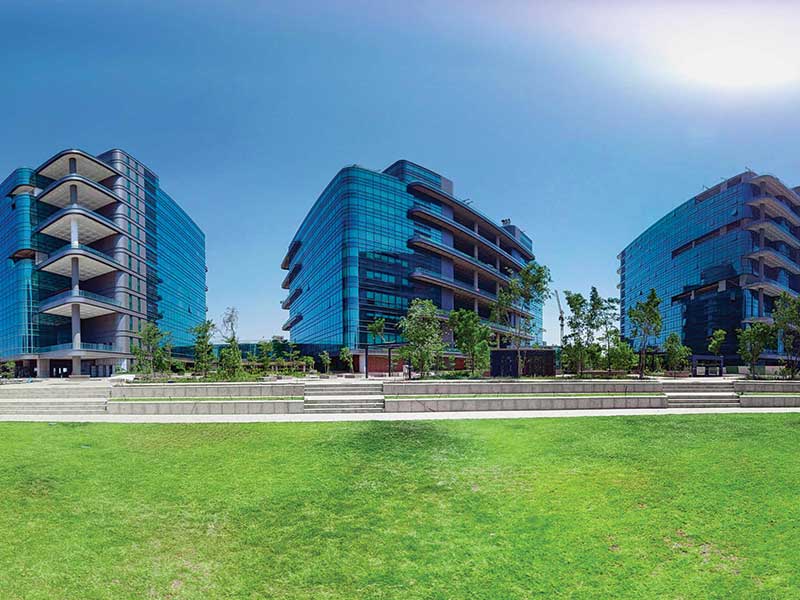Ar. Sumit Dhawan, Cityspace‘82 Architects
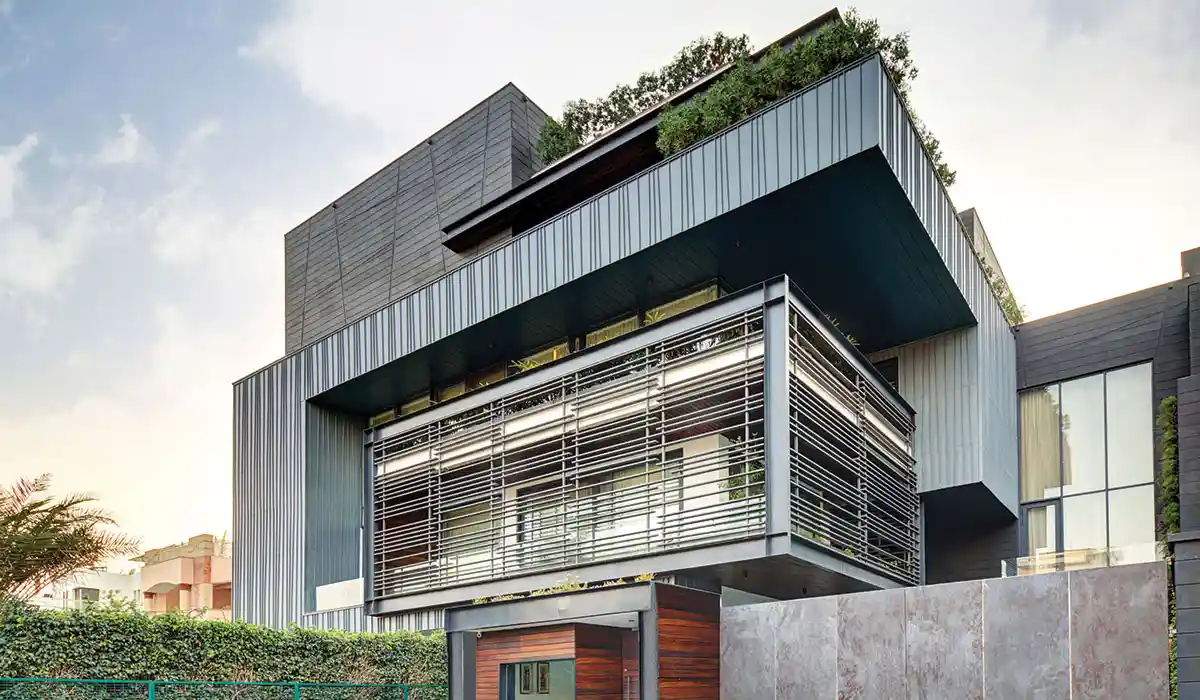
Using exposed surfaces and natural materials breathe new life into a room while also serving as an example of classic design in today’s times. Up until recently, internal surfaces were hidden from view by adding a covering over them. Now, structural components like exposed beams and columns characterize a space and create bold interiors as the practice of reusing natural construction materials has become popular.
Interior design has expanded past the boundaries of creating furniture and painting walls and has evolved into creating spaces that impact a person’s general wellness
Ar. Sumit Dhawan
Exposed brick with its rich colour and texture, can overpower the area and appear heavy. The inclusion of light- and translucent elements, such as a large mirror, provide respite to the eyes, and establish a visually unified space by reflecting the neighboring wall surface.
Another popular option for indoors is a substantial stone wall, which can be enhanced by creative lighting that highlights the stone’s appealing texture. Since stone naturally reduces the temperature, using warm materials and textures such as wood, furs, knitted pouffes, cushions, or thick rugs, can complement indoor materiality.
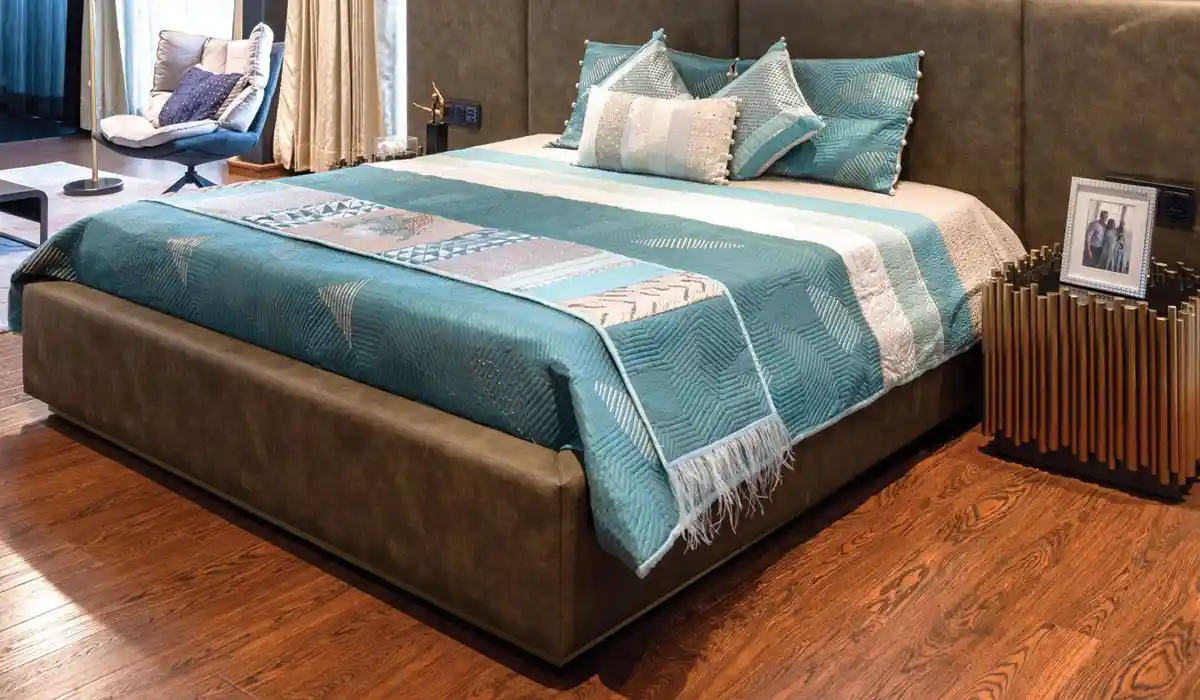
Utilizing exposed surfaces in regions with unusual shapes, around fenestrations, or at the intersection of two materials is another creative experiment. They will appear quite natural especially if they are towards the ceiling where the plaster generally starts to break off. They, therefore, possess the ability to convert the materials’ minor flaws into a comprehensive aesthetic code. A wall made of exposed material blends immediately and intimately with its surroundings, providing a glimpse of the brutalist architecture throughout the Industrial Revolution. A further benefit of combining exposed materials with other materials is that it never alters or negates the characteristics of the other materials, but rather harmonizes with its style.
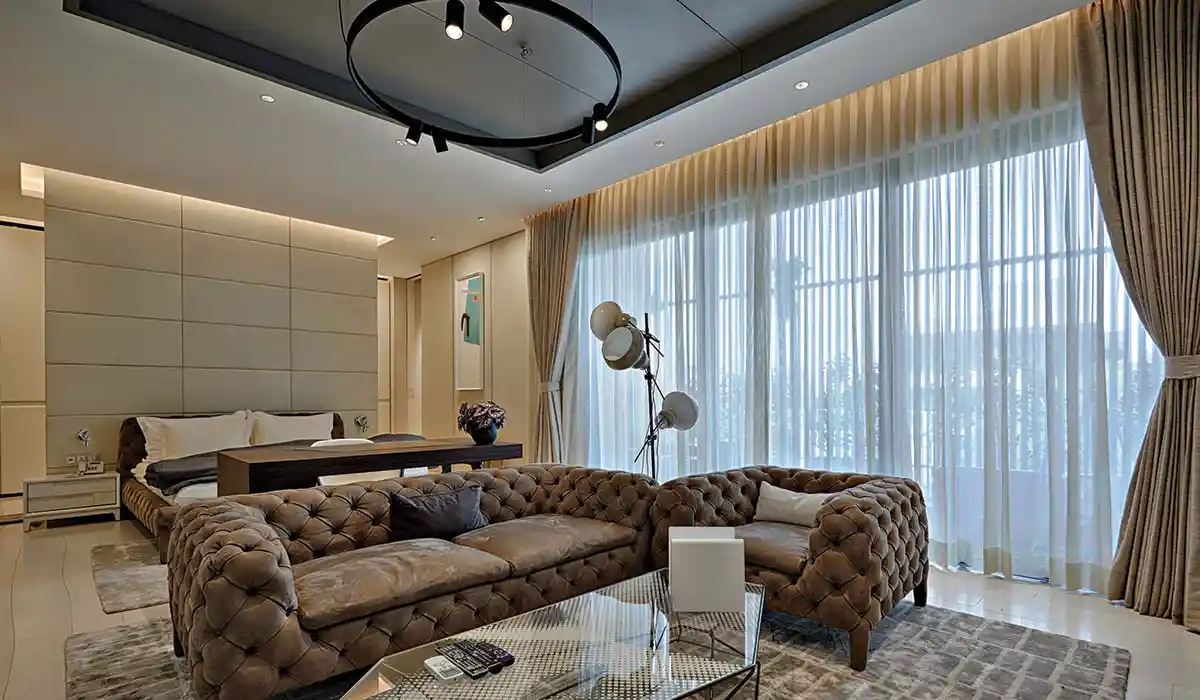
Most people are awed by the beauty of natural finishes because these are self-finished, meaning that the materials shape the surface rather than the surface dictating the form and use of the materials. One is continuously searching for ways to develop something timeless that won’t need to be rebuilt in a few years. Strong materials (suited to your personality style) are always the greatest choice for projects with long-lasting attractiveness. If you are looking to create a calming ambiance, think about combining clay and terra cotta. Building interior spaces with a classical aesthetic are ideal for marble. For a rustic setting, using wood and considering how it will fit in the space is a challenge.
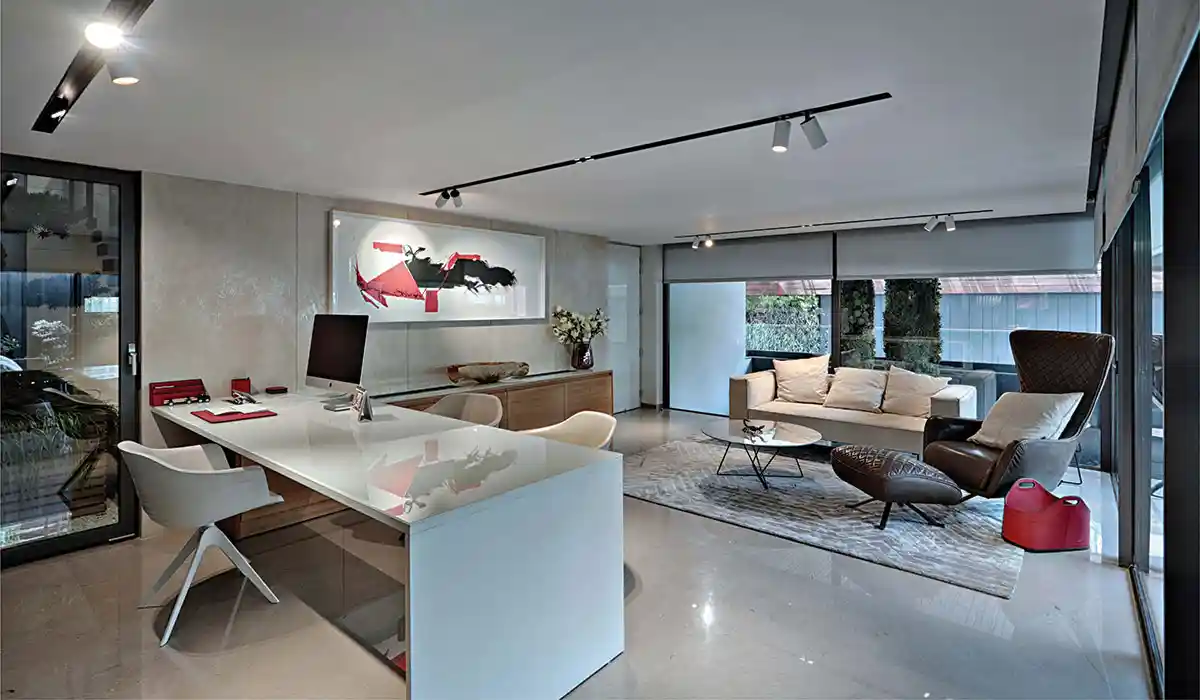
Materials that have an earthy vibe and are in their raw state offer a simple and authentic look along with qualities like strength, environmental benefits, and insulation. Keeping things as close to their original form as is reasonably practical, holds tremendous promise for encouraging a material language of practicing biophilia in a truly environmental sense.




